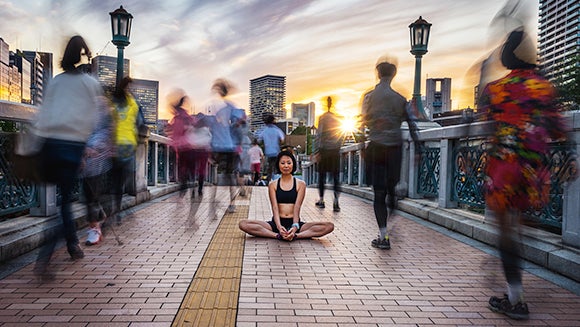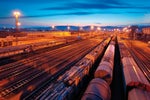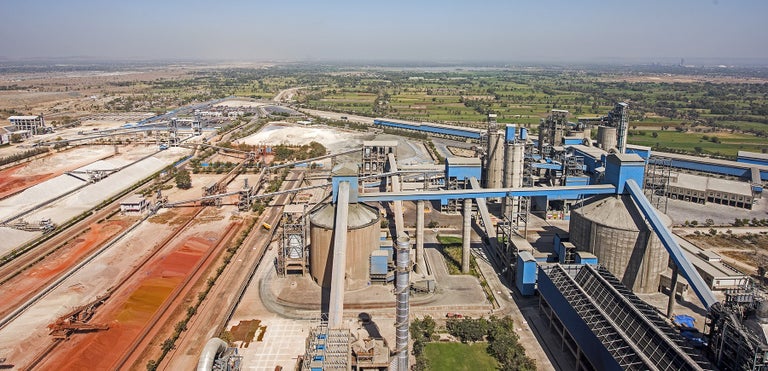In the short term: a new soundscape perception
As of March 2020, 43% of the world’s population had been subjected to some form of quarantine or isolation measures. The subsequent shutdown of all non-essential activities led to a drastic reduction in city noise and a reorganisation of the soundscape. People’s sense of hearing actually changed. Without traffic, industrial and construction noise, people’s quality of sleep improved. They also discovered that they could hear weather changes, and birds and other wildlife from the confines of their homes.
Will they still experience these acoustic joys once the confinement period has passed?
One outcome of this newly found tranquillity is that people in cities will undoubtedly become more sensitive to unpleasant noises, especially if they are perceived as unnecessary.
This may be a bit of a wake-up call to those industries that are responsible. Construction sites are especially susceptible. They will have to be even more vigilant and organised to avoid complaints. Not only will local residents be more sensitive to noise and vibration, but an increased number of people will continue to work from home as part pf their ‘new normal’ routine and will therefore be more inclined to report excessive noise levels to government authorities. Forward-thinking construction companies would benefit from implementing acoustic monitoring solutions now, even if the regulations may not specifically require them to do so.

In the medium term: increased air monitoring.
We are yet to find out the limitations of COVID-19 transmission. For example, can the disease remain suspended in air and if so, for how long? Can it attach to fine particles? Can it travel without a human host? Until the scientific community can provide clear answers to these questions, populations will continue to be afraid of venturing outdoors, visiting shared indoor spaces or interacting with others.
The reduction in industrial activity and emissions as a result of restrictions on movement of people and goods has led to a marked reduction in pollution levels worldwide – one of the few positive outcomes of a pandemic that has been responsible for hundreds or thousands of deaths.
However, several studies have established a direct correlation between the level of fine particles in the air and the number of deaths due to COVID-19. Evidence suggests that people with higher levels of exposure to air pollution are more likely to die as a result of contracting the disease. This pandemic is a reminder of how just how vital the ability to breathe clean air is. Its effect on the lungs and the unbearable pain is explored further in a study by the T.H. Chan School of Public Health at Harvard University.
We expect that as the pandemic continues, cities will likely be prioritising action to reduce the presence of irritating gases (nitrogen dioxide, ozone) and particles. People will demand greater transparency regarding what is being done to help safeguard their health in the face of this and potential future pandemics based on the recognised link between pollution levels and death rates.
Accurate air monitoring solutions already exist with accessible measurement equipment and increasingly intelligent analysis applications.

In the long term: health monitoring as a new dimension of city security.
Until a COVID-19 vaccine is developed, approved and made readily available, we are adjusting our lives and lifestyles to exist in a world where we are constantly on edge. We are aware that not only can a pandemic of this type and magnitude re-occur, but it may do so more frequently. With an invisible enemy, anxiety dominates, so preparedness becomes the most effective weapon.
Over time, our resilience will prevail and city populations will become less hesitant to go out. But will cities be able to turn a blind eye to future health risks and wait for the next pandemic without planning now? It’s unlikely. Health risks, like terrorist risks, will become the new normal when it comes to city security.
It is vital that we learn lessons from the COVID-19 crisis, particularly the importance of acting quickly to restrict the flow of people and ensure physical distancing to minimise risk. Based on what we know about the current and future devastating economic impact of shutting down entire cities, confinement and total quarantine can only be the exception rather than the rule.
But from a positive perspective, solutions for increased vigilance are possible. In addition to intelligent solutions that currently detect physical threats to cities, like security surveillance, innovative approaches will allow us to also implement responses to invisible threats.
Want to know more?
If you would like to learn more about innovative solutions for construction site noise and vibration monitoring, air quality monitoring or enhancing your urban security strategy, please contact us.










